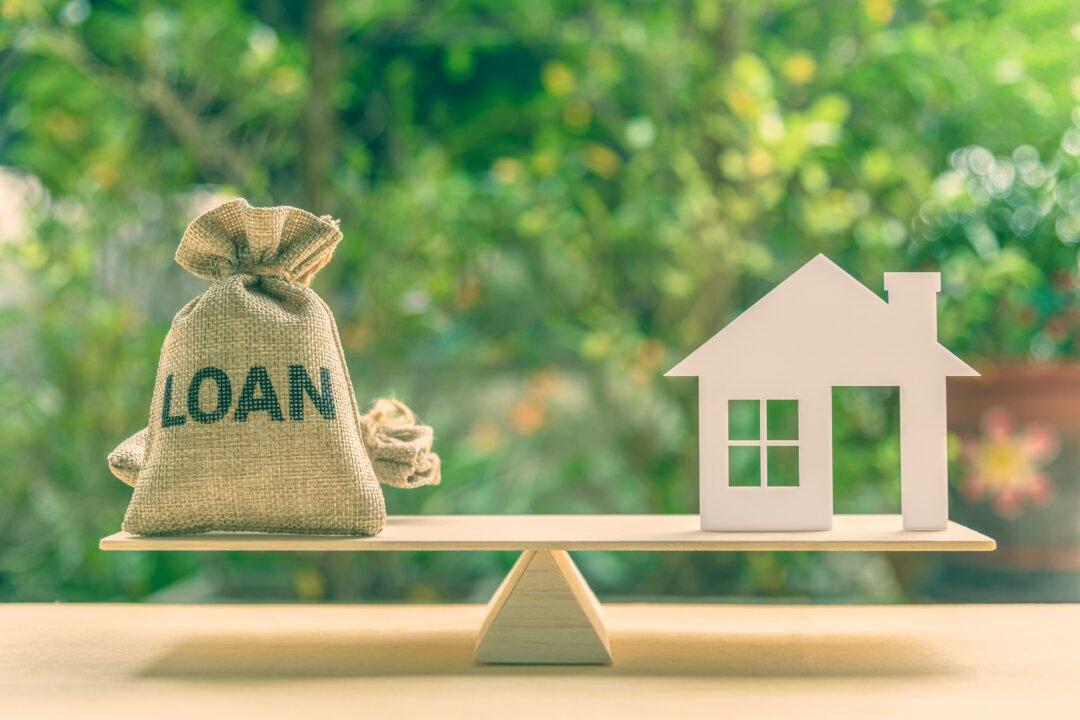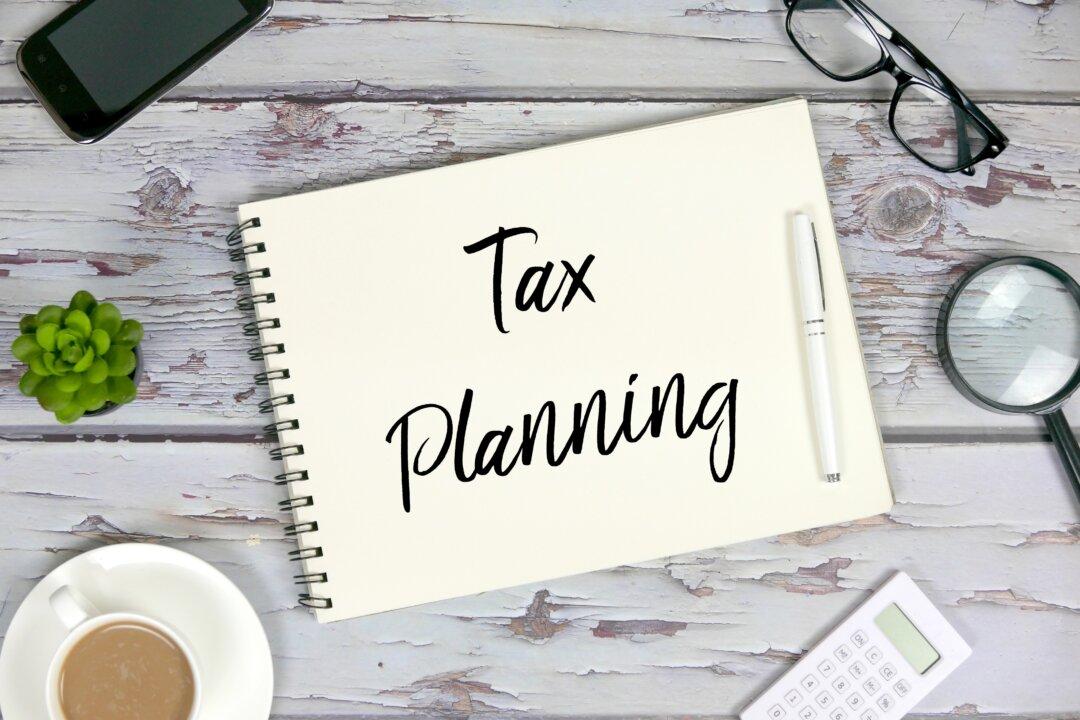Your home is more than just a place to eat, sleep, and raise kids—it also is an investment, which means it appreciates in value.
The value of this increase is what is called “equity.” You probably have a lot more equity in your home than you did five years ago.





